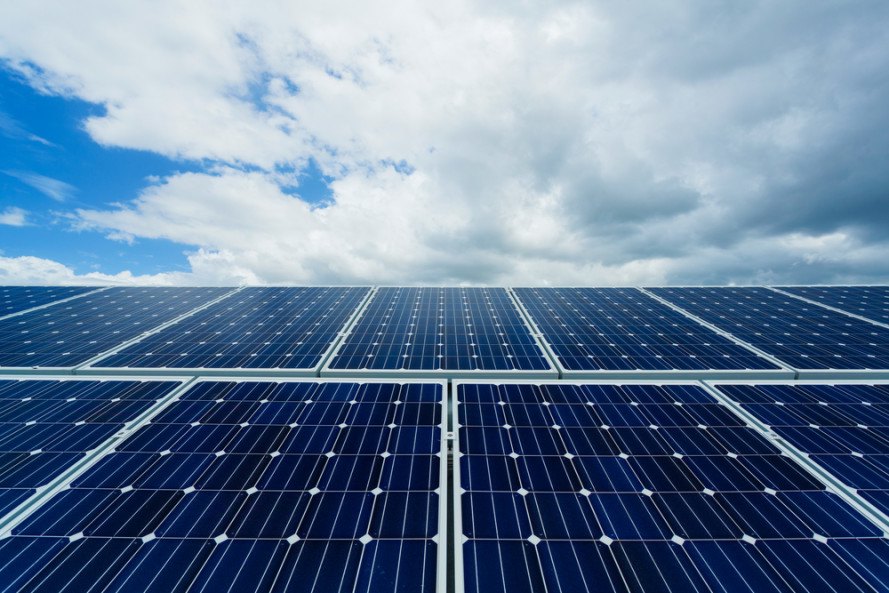Last week (23/24 October) I attended All-Energy AU in Melbourne. I’ve been attending this conference for several years, and this year I have to say it was the best one I’ve been too. What helped is that it was twice the size of previous years as they ran the Energy Efficiency Expo in parallel.

Plenary sessions plus eight specific conference streams meant a lot of expert information (and opinions) as well as too many excellent presentations missed and all for, wait for it, free. Yes, the registration fee was $0. I should point out that there was also a very large (in NZ terms) exhibition floor with every type of solar panel, inverter, battery and other gizmo’s to wander through which I guess pays for the conference part.
So what were the main issues (that I followed)? The increasing installation of residential PV, network instability, and retiring baseload coal generation which is creating physical and market issues that need all parties to work together to achieve the goal of carbon reduction along with efficient distributed energy resource (DER) use.
There is a need to create an efficient DER flexibility market. Still, with intermittent 2-way flow, negative pricing (sometimes), and a lack of low voltage monitoring which limits information, there is little incentive to participate.
Although ‘customer-centric’ was the catchphrase (as this industry tends to say, but not do), distribution networks are looking at limiting export either outright, dynamically, or with ‘operational envelopes’. At the same time, the Victoria Government is rolling out another solar/battery subsidy scheme. 45% of Australia’s generation already comes from unstable DER and with over 2 million residential homes with solar its not too far in the future when 50% of all homes will have solar generation and probably batteries.
So the lucky thing for NZ Inc is that we can look over the ditch and see the effect of mass uptake of DER and try to prepare for the issues before they occur. Even though we only have 26,000 ish homes with solar PV (out of 1.8 million-ish) the curve is still exponential, and I don’t see it slowing anytime soon. Add to that the (albeit slow) increasing uptake of electric vehicles and we will eventually have our own ‘grid issues’.
I believe the answer is incremental but timely changes to the way the electricity market operates. The goal is to enable greater visibility of potential network issues, along with rules that allow new technologies to compete on a level playing field with ‘this-is-the-way-we’ve-always-done-it’ solutions. We do not want to restrict the ability of consumers to leverage their DER investments, which is in the long term benefit of the nation, because the only available solution is to strengthen or restrict the grid.
With these goals in mind, it is heartening to see our industry moving in that direction with the Energy Networks Association ‘Network Transformation Roadmap’ and the Electricity Authority’s (EA) ‘Open Access‘ and ‘Multiple Traders at an ICP’ (now confusingly called Additional Consumer Choice of Electricity Services) projects. There is a lot of work to be done (Transmission, Distribution, and Real-Time pricing – All current EA projects) before we can get the correct signals from the market to potential suppliers of services, but this is a journey, not a big bang solution.
Anyone interested in how DER can provide a solution to distribution and transmission should signup to hear my presentation at next week’s SEANZ: Tomorrow’s Energy Today conference in Wellington.
Terry Paddy


